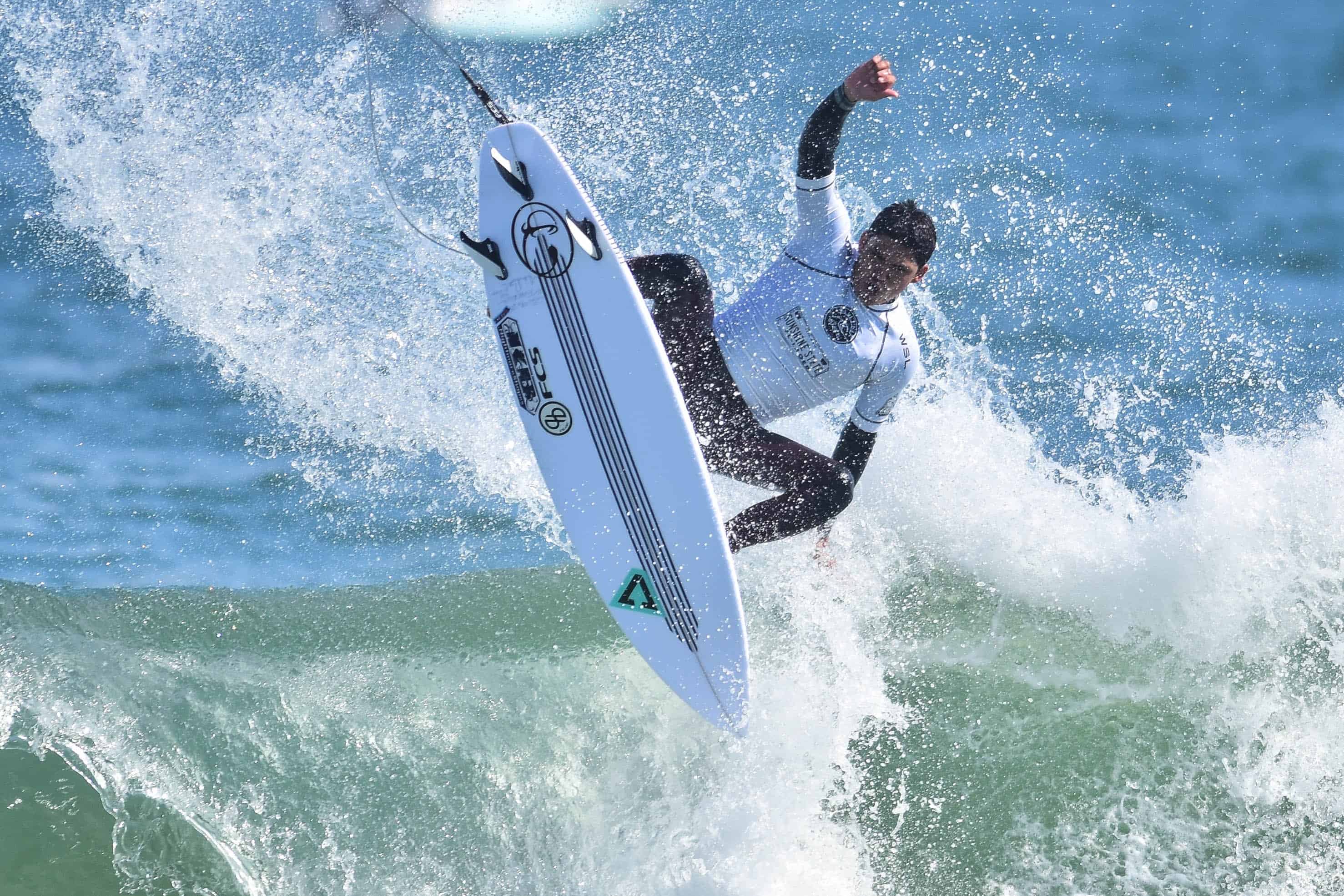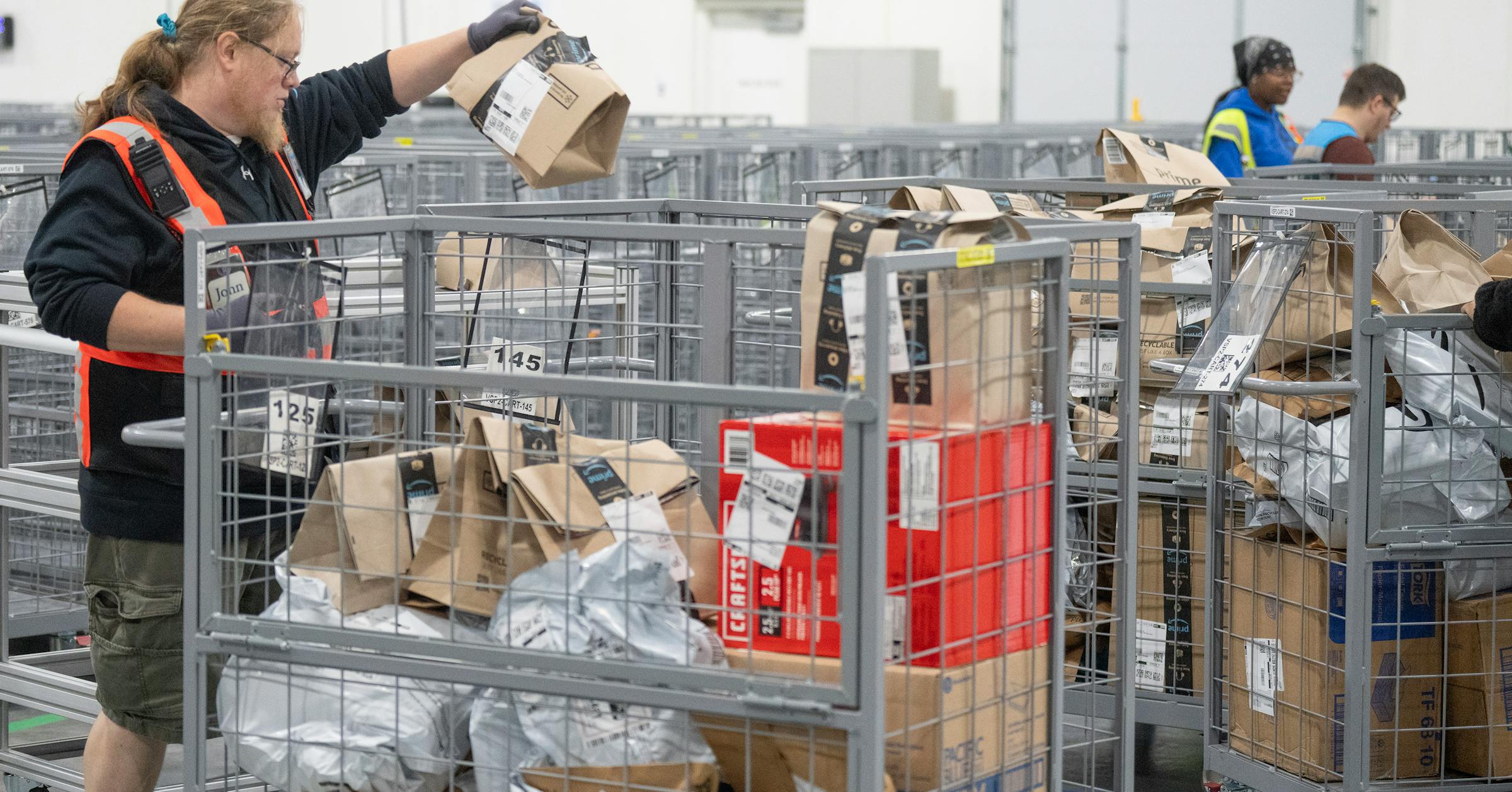Copyright ticotimes

Alaska Airlines and Hawaiian Airlines have rolled out a revised baggage policy that simplifies carrying surfboards on their flights, a change that stands to benefit surfers heading to Costa Rica. The carriers, now operating under a combined network after their recent merger, allow passengers to pack multiple surfboards into one bag. Boards can reach up to 10 feet and 5 inches in length and weigh no more than 50 pounds total per bag. These bags now qualify as regular checked luggage, free from the oversized or special handling fees that once applied. Company officials explained that they crafted the policy with surfers in mind who pursue waves in destinations such as Costa Rica. Surfing the Pacific, with spots like Tamarindo and Pavones, often call for longer boards to handle the consistent swells. Families and groups traveling for relaxed sessions on gentler breaks also gain from the flexibility to bring suitable gear without added costs. Before this update, both airlines enforced stricter limits. Hawaiian Airlines, for instance, capped bags at two boards and charged extra for anything beyond standard sizes. Alaska Airlines had similar rules, which sometimes led to surfers paying hefty fees or leaving equipment behind. The shift addresses complaints from travelers who found the old system restrictive, especially on routes connecting the U.S. West Coast to Central America. The policy takes effect immediately across most flights. On smaller regional aircraft, like the E175 jets used for some shorter hops, the maximum board length drops to 9 feet and 7 inches to fit cargo holds. Passengers should check bag dimensions against linear limits—up to 115 inches combined for height, width, and length on certain flights—to avoid issues at the gate. Costa Rica tourism, which relies heavily on adventure sports, could see a lift from this development. Surfing draws over 100,000 visitors annually, many flying in from hubs like Los Angeles or San Francisco served by these airlines. Local operators in beach towns report that streamlined travel rules encourage repeat trips and group outings, supporting jobs in guiding, rentals, and hospitality. Hawaiian Airlines, rooted in island culture where surfing holds deep significance, brings a perspective that resonates here. The airline’s expanded reach through the partnership with Alaska opens more direct connections, making it simpler for North American surfers to access Costa Rica’s dual coasts—the Pacific for powerful waves and the Caribbean for steadier rides. Travelers must still follow general baggage rules: no sharp fins exposed, proper padding to prevent damage, and compliance with international customs for sports equipment. Fees for excess bags beyond the standard allowance remain in place, typically starting at $100 for a second item. This policy aligns with broader efforts by the airlines to harmonize services post-merger. Approved earlier this year, the combination creates a larger fleet covering Pacific routes, including seasonal flights to Liberia and San José airports in Costa Rica. Surfers planning winter escapes from colder climates now have fewer hurdles in transporting their boards. Industry observers note that other carriers might follow suit, as demand for adventure travel grows. For now, Alaska and Hawaiian lead in accommodating this niche, potentially drawing more business from the global surfing community. Surfers based in Costa Rica or visiting soon can review the full details on the airlines’ websites. The change reflects a practical response to feedback from passengers who prioritize gear transport in their travel decisions.



